Understanding Laboratory Waste: Types, Risks, and Management Strategies
Laboratory waste, generated in various research, clinical, and industrial laboratories, encompasses a wide range of materials, many of which pose significant environmental and health risks. Proper management of laboratory waste is crucial to ensure the safety of laboratory personnel, the public, and the environment. This article delves into the types of laboratory waste, the associated risks, and effective management strategies.
Types of Laboratory Waste
Laboratory waste can be broadly categorized into several types:
1. Chemical Waste: Includes solvents, reagents, and other chemical compounds. These can be hazardous due to their toxicity, flammability, reactivity, or corrosiveness.
2. Biological Waste: Comprises materials that are potentially infectious, such as cultures, stocks, and specimens from medical research, as well as contaminated lab equipment and disposable gloves.
3. Radioactive Waste: Generated from activities involving radioactive materials, including certain diagnostic and therapeutic procedures in medical laboratories.
4. Sharps Waste: Consists of items that can cause cuts or punctures, such as needles, scalpels, and broken glassware.
5. General Waste: Non-hazardous waste such as paper, packaging materials, and non-contaminated glass and plastic.
Risks Associated with Laboratory Waste
1. Health Risks: Exposure to hazardous laboratory waste can cause acute or chronic health issues. For example, contact with toxic chemicals can lead to poisoning, while exposure to infectious agents can result in serious diseases.
2. Environmental Risks: Improper disposal of laboratory waste can lead to soil, water, and air pollution. Chemical waste can contaminate water bodies and soil, while biological waste can spread infectious diseases in the environment.
3. Safety Risks: Improper handling of sharps can lead to injuries and infections among laboratory personnel and waste handlers.
Regulatory Framework
Effective management of laboratory waste is governed by a robust regulatory framework designed to minimize risks. Key components include:
1. Safety: Waste must be segregated at the source according to its type and hazard class to ensure proper handling and disposal.
2. Labeling and Packaging: Waste containers must be clearly labeled and appropriately packaged to prevent leaks and spills. Hazardous waste should be stored in compatible containers.
3. Treatment and Disposal: Different types of waste require specific treatment methods. For example, chemical waste might need neutralization, biological waste might be autoclaved, and radioactive waste might require specialized disposal techniques.
4. Documentation and Reporting: Detailed records of waste generation, handling, and disposal are maintained to ensure compliance with regulations and facilitate tracking.
Best Practices in Laboratory Waste Management
Implementing best practices in laboratory waste management can significantly reduce the associated risks:
1. Waste Minimization: Reduce the amount of waste generated by optimizing processes, using smaller quantities of hazardous materials, and substituting less hazardous alternatives where possible.
2. Training and Education: Regular training sessions for laboratory personnel on proper waste management practices, including segregation, labeling, and emergency procedures.
3. Proper Storage: Ensure that waste is stored in designated areas with appropriate containment measures to prevent leaks, spills, and exposure.
4. Emergency Preparedness: Develop and maintain an emergency response plan for incidents involving hazardous waste, including spill response and first aid measures.
5. Sustainable Practices: Adopt sustainable practices such as recycling non-hazardous waste, reusing materials when possible, and using eco-friendly products.
Conclusion
Laboratory waste management is a critical aspect of maintaining safety and environmental integrity in research and clinical settings. By understanding the types of laboratory waste and the risks associated with them, laboratories can implement effective management strategies that comply with regulatory requirements and promote sustainability. Through rigorous training, proper segregation, and adherence to best practices, laboratories can mitigate the risks posed by hazardous waste and contribute to a safer and cleaner environment.
Related Tips & Advices
Feb 2020 – El Masreya Hazardous and Non-hazardous Waste Home / Tips & News Feb 2020 – El Masreya…
Medical Waste Ash: Challenges and Management Strategies Home / Tips & News Medical Waste Ash: Challenges and Management Strategies…
The Complexities and Controversies of Incineration Hazardous Waste Home / Tips & News Incineration hazardous waste, or incineration, is…




